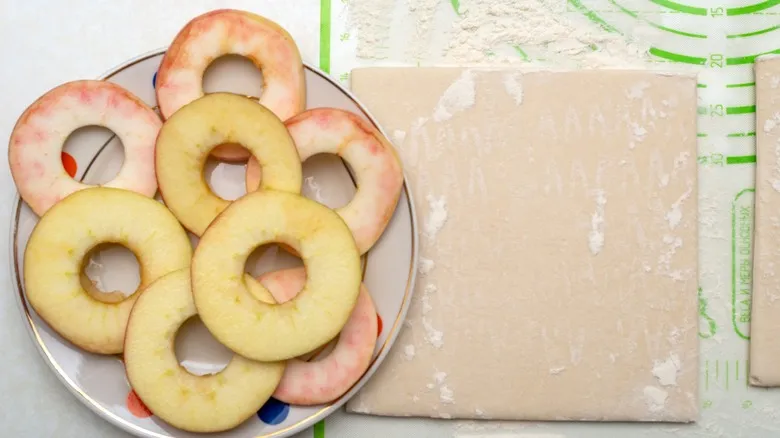Choosing the right apples for hand pies
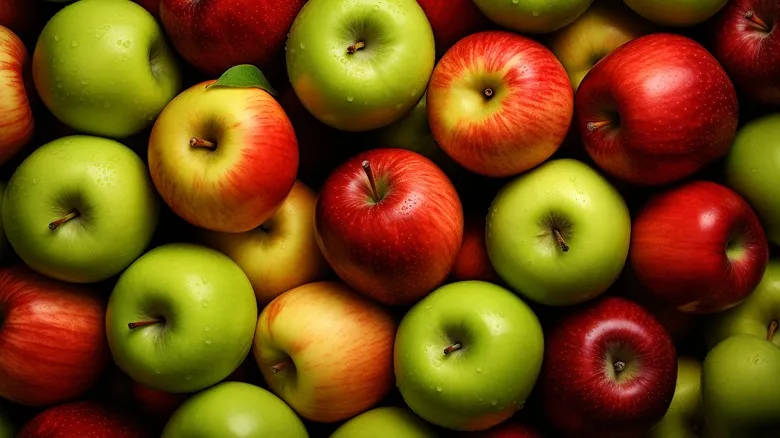
While peeling apples for hand pies isn't essential, selecting the right variety is crucial. Choosing the wrong apples can result in a mushy, mealy texture. Ideally, the apples you pick should maintain both their shape and texture. However, texture can be subjective; some bakers prefer the softer, mealier apples that work well in apple crisp recipes rather than traditional apple pies. Ultimately, it comes down to personal preference.
That said, many home cooks often opt for the tart, green Granny Smith apple for their pie fillings, as they hold their shape and texture remarkably well. However, this choice may have its downsides. Many bakers prefer to use a mix of apple varieties in their pies to take advantage of the different flavors and textures.
If you prefer less tart pies, relying solely on Granny Smith apples might limit the flavor profile. In that case, consider experimenting with varieties like Braeburn, Honeycrisp, or Jonagold. If you don't mind a slightly mealy texture, Golden Delicious or Fuji apples are also excellent options due to their delicious taste. Fujis offer a balance of sweetness and tartness, making them a great compromise if you want both the tang of Granny Smith and the sweetness of a Braeburn, for instance.
Cutting and prepping hand pie crust
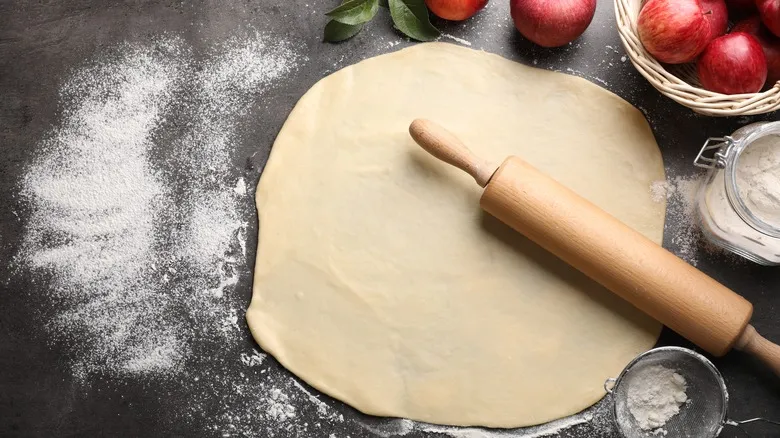
The charm of hand pies lies in the fact that you don’t need to mold full-sized pie crusts or use pie pans to savor a slice of pie. For convenience, you can opt for a pre-made pie crust to save both time and effort if you prefer. One crust from the package should suffice to make the crusts for the four slices you can get from a single apple.
Begin by rolling the pie crust flat with a rolling pin. Use a round cookie cutter or biscuit cutter to create eight circular pieces of crust. Line a baking sheet with parchment paper and place four of the crusts on it, brushing each with a light layer of beaten egg. In the center of each raw crust, add apple slices coated in cinnamon and butter. Fill the centers, where the apple seeds were, with the remaining butter and cinnamon mixture. Top these with the other four cut crust pieces to form the tops of the pies.
After placing the apple slices on the bottom crust, create the top crust by laying the remaining pieces over each mound. Seal the edges with your fingers, and for a decorative touch, press the tines of a fork around the perimeter. Cut an "X" in the top crust to allow the filling to cook evenly. Brush with more beaten egg and sprinkle with sugar. Bake these for 15 to 20 minutes.
Recommended

11 Money-Saving Tips For Impressive Baking On A Budget

The Italian Cookie That Turns Ground Beef Into Dessert
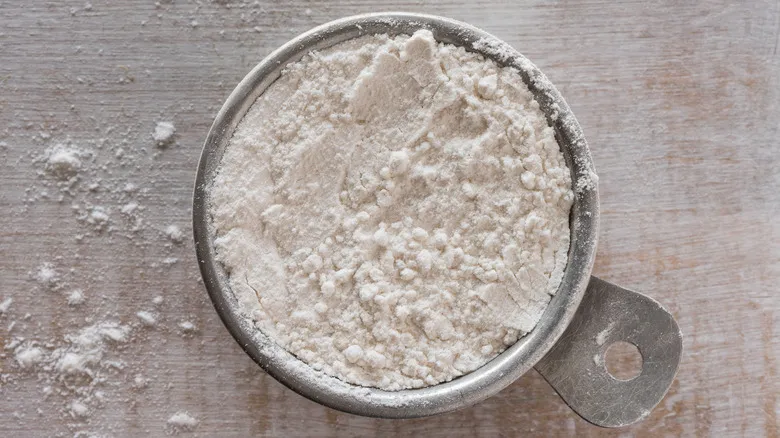
Turn All-Purpose Flour Into Self-Rising Flour With 2 Staple Ingredients
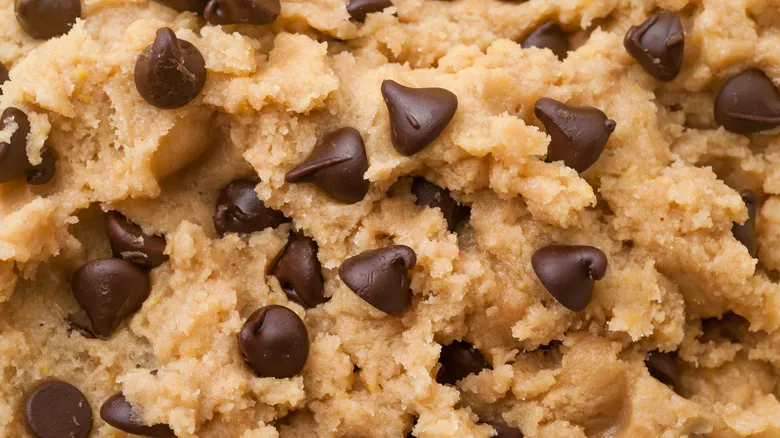
Give Your Cookie Dough An Ice Bath To Solve An Annoying Baking Problem
Next up

